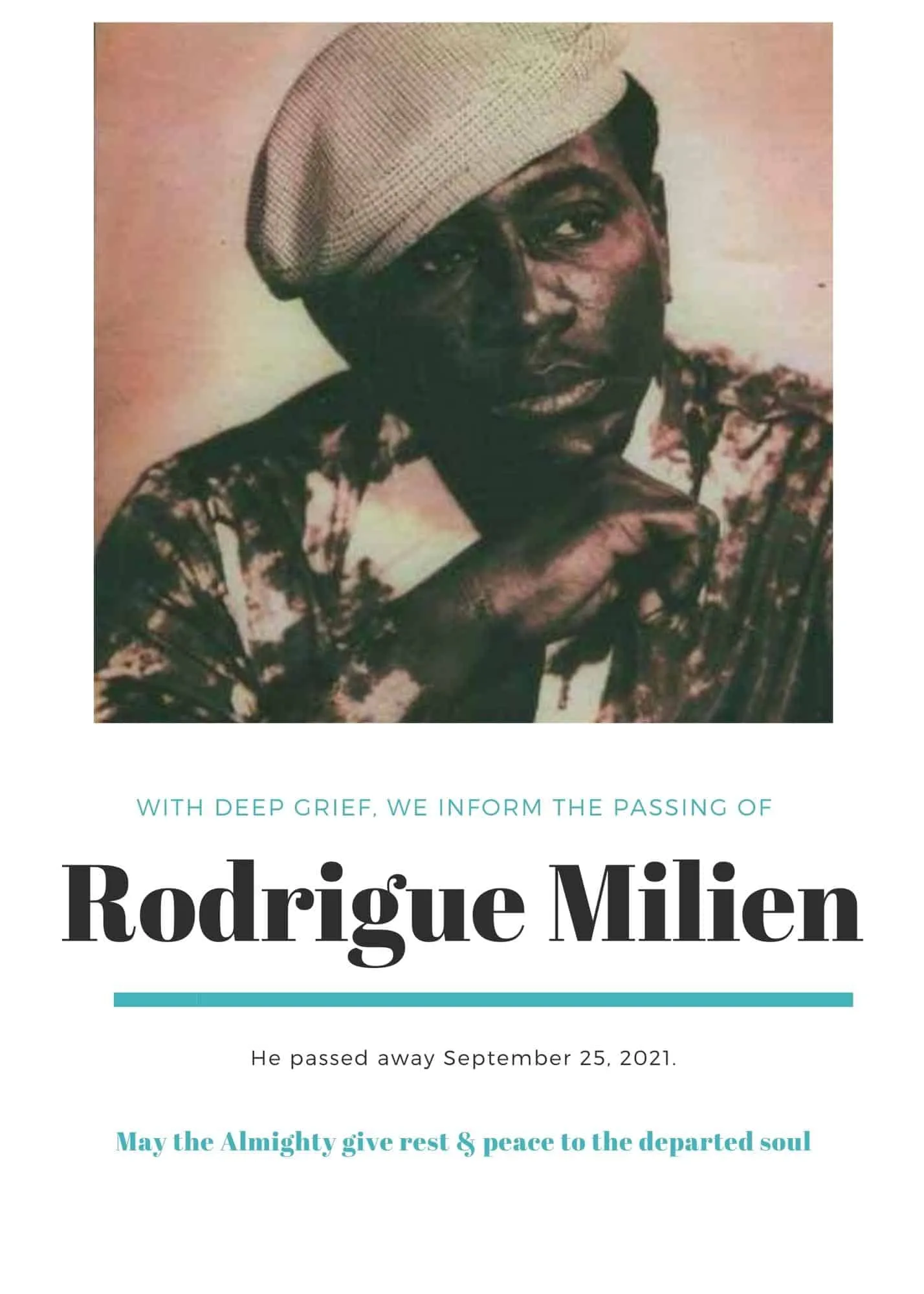Although Haiti is small, it has a vibrant culture. Haitians follow many traditions, some of which may seem strange to outsiders. This blog post will explore some of these traditions and why they exist. Haitians have a strong sense of community and family, reflecting their traditions. By understanding Haitian traditions, we can better understand the Haitian people and their culture.
Haitian culture is full of rich traditions passed down from generation to generation. Many of these traditions seem strange or brutal to outsiders, but they play an important role in Haitian life. This blog post will explore some of the most common Haitian traditions and try to understand why they are so important to Haitians.
What are some Haitian traditions, and why do we observe them?
Haitian traditions are a big part of Haitian culture. Haitian tradition dictates many things Haitian people do daily. Many Haitian traditions are followed by Haitian people all over the world. Some of the most popular Haitian traditions include:
- Voodoo
- Music
- Food
- family.
Haitian voodoo
Voodoo is probably the most famous Haitian tradition. Haitian Voodoo is a religion that originates from Haiti. It is a mix of African and Christian beliefs. Haitian Voodoo is a syncretic religion that combines elements of Catholicism with traditional African beliefs.
Haitian voodoo practitioners believe in a pantheon of spirits known as the lwa. They often offer prayers and sacrifices to these spirits to persuade them to intervene on behalf of humans. Haitian Voodoo is also known for its use of voodoo dolls, which are believed to be able to channel the power of the lwa.
Voodoo dolls are often used in healing rituals but can also be used for more nefarious purposes, such as cursing an enemy. Haitian Voodoo has a long history in Haiti and remains an important part of Haitian culture today.
Haitian Voodoo is often portrayed as a dark and evil practice associated with black magic and sorcery.

However, Haitian Voodoo is a religion that is deeply intertwined with Haitian culture and traditions. Haitian voodoo practitioners believe in a supreme creator god, Bondye, who is distant and does not interact with humans.
They also believe in a pantheon of lesser gods and spirits, known as the loa, who act as intermediaries between Bondye and humans. The loa can be petitioned for help or guidance through rituals and offerings.
Haitian Voodoo also has its unique system of healing, which incorporates herbalism, meditation, and massage. Haitian Voodoo is a complex religion that outsiders have unfairly maligned. Those who take the time to understand it often find it a rich and rewarding practice.
Haitian Music
Music is also a very important part of Haitian tradition. Haitian music is unique and influenced by African, French, and Spanish music. Haitian music is rooted in the country’s African and Haitian traditions.
The Haitian rhythm is a key element of Haitian music. It is based on the drumming of konpa drums and is characterized by a strong, steady beat.
Haitian songs often tell stories of Haitian history and culture, and many Haitian songs are patriotic. Haitian music is enjoyed both within Haiti and around the world, and it has been influenced by various other musical genres, including the Caribbean, Latin American, and American music.
Haitian music is characterized by a strong rhythm section, catchy melodies, and lively dance moves.
Haitian musicians often use traditional instruments such as drums, guitars, and horns to create their unique sound. Haitian music is enjoyed by people of all ages and is often used to celebrate special occasions.
The infectious beat and cheerful lyrics often bring people together and help to create a sense of community. Haitian music is a snapshot of the country’s rich culture and history and provides a glimpse into the lives of its people.
Haitian food
African, French, and Spanish flavors blend in Haitian cuisine. The history and culture of Haiti are reflected in the country’s cuisine. Haitian cuisine’s fusion of African, French, and Caribbean flavors is unique.
The country’s African heritage is evident in dishes like griot (fried pork), Haitian-style rice and beans, and pikliz (a spicy cabbage slaw).
Several Haitian staples, such as baguettes and coffee, have been influenced by France. Because of Haitian peppers, Haitian food can be quite spicy (piman bouk). The freshness of Haitian cuisine’s ingredients, such as fruits and vegetables, is highly renowned.
For example, plantains are used in various dishes, including mofongo (mashed plantains) and bananes pesées (fried plantains). Haitian food is enjoyed by people all over the world. In recent years, Haitian restaurants have begun to pop up in major cities across the United States. If you’re ever in the mood for something new, give Haitian food a try – you won’t be disappointed!
Haitian food is a reflection of the country’s diverse history and culture. Haitian cuisine often features fresh seafood, meats, and vegetables. Haitian dishes are typically hearty and filling, making them perfect for a country with warm weather and an active lifestyle.
Haitian food is also known for its use of spices, including everything from garlic and onions to chili peppers and cayenne pepper. Haitian food is delicious and unique and sure to please even the most discerning palates. Thanks for reading! I hope you enjoy Haitian food as much as I do.
Family
Families in Haiti are typically large, and they are close-knit. Haitians typically have a lot of respect for their elders. Haitian family life is full of traditions and rituals that have been passed down through the generations.
Haitian children are typically raised in a strict household, where respect for elders is highly valued. Family meals are traditionally Haitian cuisine and often include dishes such as rice and beans, Haitian-style chicken, and fried plantains.
Sunday is typically reserved for church attendance and spending time with extended family members. Haitian families typically reside close to one another, and it is not unusual for multiple generations to live under one roof. Haitian family life is centered around the communal nature of the household, and everyone works together to contribute to the welfare of the group.
Haitian families are typically large and close-knit, with extended family members living together in the same household. Family members often take on a variety of roles within the household, with everyone pitching in to care for the home and support the family. Education is highly valued in Haitian culture, and parents often make sacrifices to ensure their children have access to quality schools.

Haitian traditions are very important to Haitian culture. They help to define what it means to be Haitian. These traditions also help to bind the Haitian people together. They provide Haitians with a sense of identity and belonging.
Haitian traditions are a huge part of Haitian culture and are observed by Haitian people worldwide. Haitian traditions include many things, from how we greet each other to the food we eat.
Haitian traditions are important to us because they help keep our culture alive and teach us about our history. Observing Haitian traditions allows us to connect with our heritage and pass on our culture to future generations. Haitian traditions are an important part of who we are and how we identify as Haitian people.
How did these traditions come to be, and what purpose do they serve today?
Haitian traditions are rich and varied, rooted in the country’s history and culture. Haitian Vodou, for example, is a syncretic religion that combines elements of Catholicism with traditional African beliefs.
They allow Haitians to come together and celebrate their culture and heritage. Though Haitian traditions have evolved, they remain important to the country’s identity. They provide a sense of community and belonging for Haitians at home and abroad.
Haitian traditions are a colorful expression of the island’s vibrant culture. Haitian traditions are deeply rooted in the country’s history and heritage, from the annual Carnival parade to the nightly voodoo ceremonies. But how did these Haitian traditions come to be, and what purpose do they serve today?

Haitian traditions can be traced back to the island’s earliest inhabitants, the Taino people. The Taino were a peaceful society that believed in honoring their ancestors and celebrating life through song and dance.
When the Spanish arrived on the island in the late 1400s, they brought enslaved Africans, who brought their customs and beliefs to the mix. Over time, these various influences blended to create the unique Haitian culture we know today.
So what purpose do Haitian traditions serve today? For many Haitians, these traditions are a way of connecting with their ancestors and honoring their heritage. They are also a source of joy and pride for Haitian people, who take great pleasure in sharing their culture with the world.
Whether it’s watching the spectacular Carnival parade or participating in a voodoo ceremony, Haitian traditions offer a glimpse into this island nation’s fascinating history and culture.



